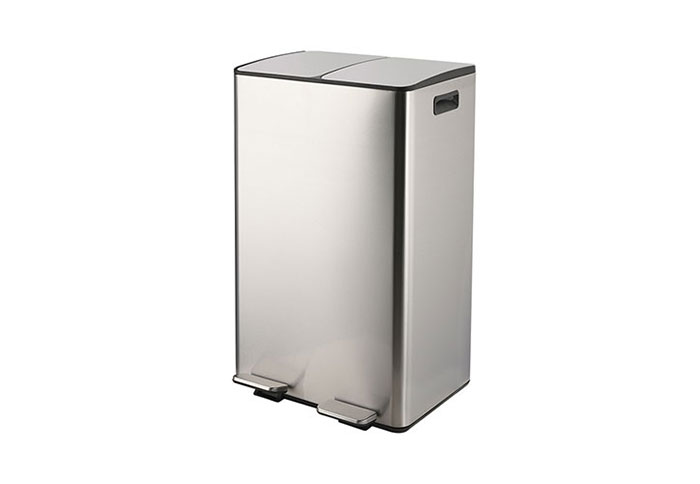The Kitchen Bin: A New Standard in Sanitation and Organization
The Kitchen Bin: A New Standard in Sanitation and Organization
In today's fast-paced world, where hygiene and efficiency are paramount, the kitchen bin has emerged as a crucial fixture, setting a new standard for sanitation and organization in the heart of the home. This humble receptacle, often overlooked in the bustle of daily kitchen activities, plays a pivotal role in maintaining hygiene, reducing waste, and promoting a well-organized kitchen space.
The kitchen bin's design has undergone significant transformations in recent years, evolving from a simple trash receptacle to a sophisticated sanitation and organization tool. Modern kitchen bins are equipped with features that aim to simplify waste disposal, enhance hygiene, and promote a clean and tidy kitchen environment.

One of the most significant features of these innovative kitchen bins is their ability to separate different types of waste. With separate compartments for organic waste, recycling, and regular trash, these bins encourage users to categorize their waste effectively. This separation not only reduces the amount of waste sent to landfills but also promotes recycling and composting, diverting valuable resources from waste streams and contributing to a circular economy.
In addition to waste separation, the kitchen bin's design also focuses on hygiene. Many models come with self-closing lids or sensors that open and close automatically, reducing the need for manual handling. This feature minimizes the spread of germs and bacteria, ensuring that the kitchen bin remains a hygienic and sanitary space. Furthermore, odor control technology is often integrated into these bins, trapping unpleasant odors and keeping the kitchen smelling fresh and clean.
The kitchen bin's role in kitchen organization cannot be overlooked. With sleek and compact designs, these bins fit neatly into even the smallest kitchen spaces, saving valuable countertop real estate. Some models even come with additional compartments or drawers for storing kitchen tools or recycling bags, further enhancing the kitchen's functionality and organization.
The impact of the kitchen bin as a new standard in sanitation and organization extends beyond the individual household. As more families adopt these innovative waste management solutions, they contribute to larger-scale environmental and social benefits. Reducing waste, promoting recycling, and minimizing the spread of germs become collective efforts that lead to healthier, cleaner, and more sustainable communities.
In conclusion, the kitchen bin has emerged as a new standard in sanitation and organization, revolutionizing waste management in the heart of the home. With its ability to separate waste, enhance hygiene, and promote kitchen organization, this humble receptacle has become a crucial fixture in maintaining a clean, healthy, and efficient kitchen space. As we continue to embrace these innovative solutions, we are not only improving the hygiene and functionality of our kitchens but also contributing to a healthier and more sustainable world.
